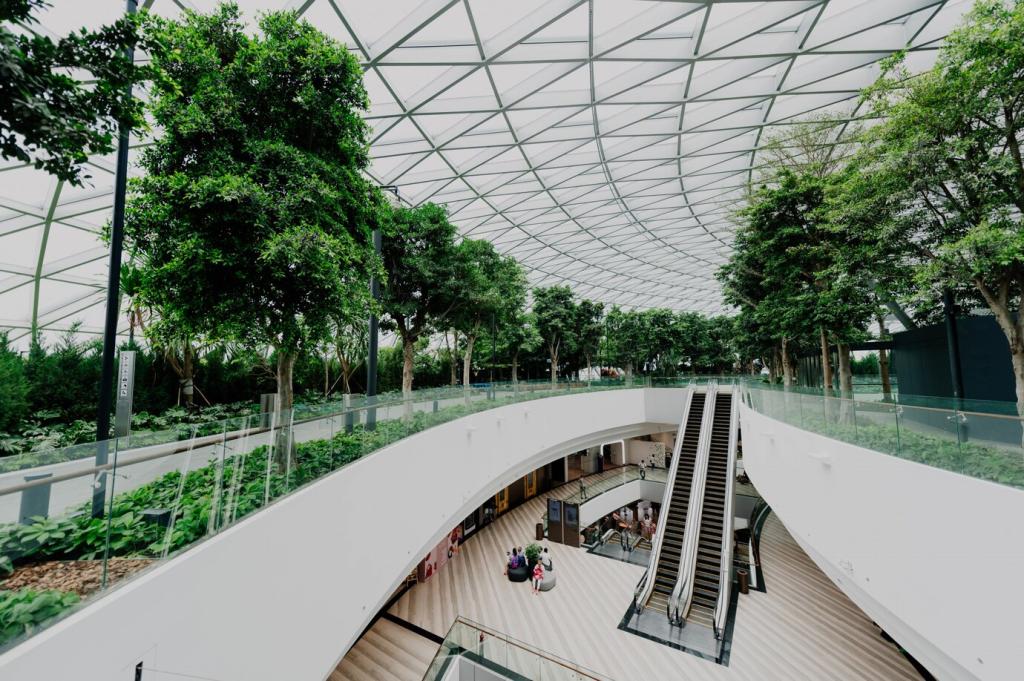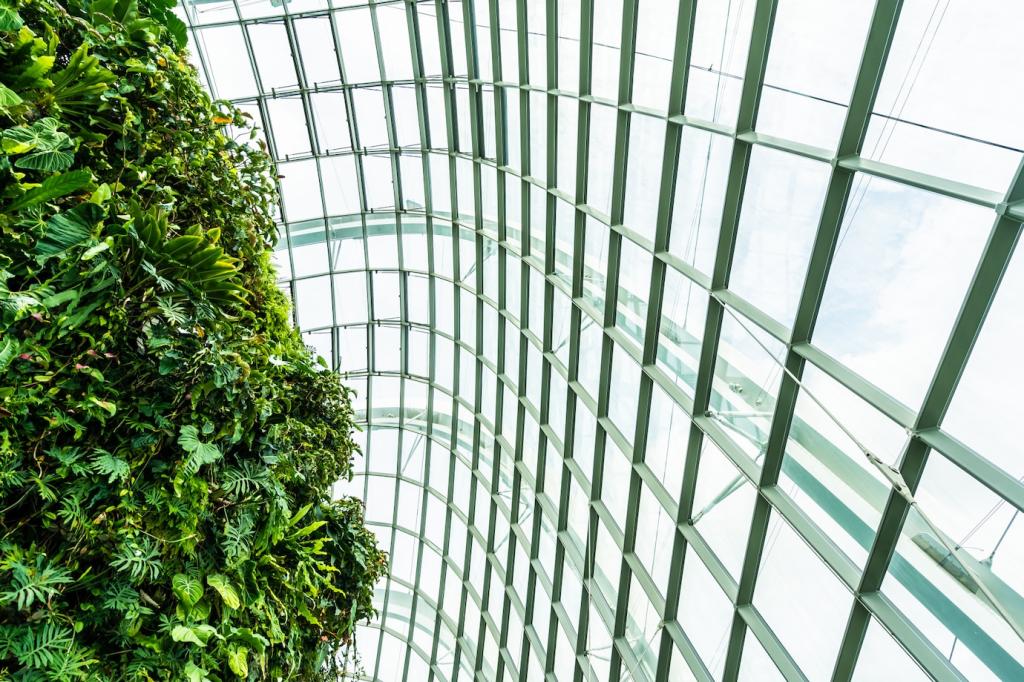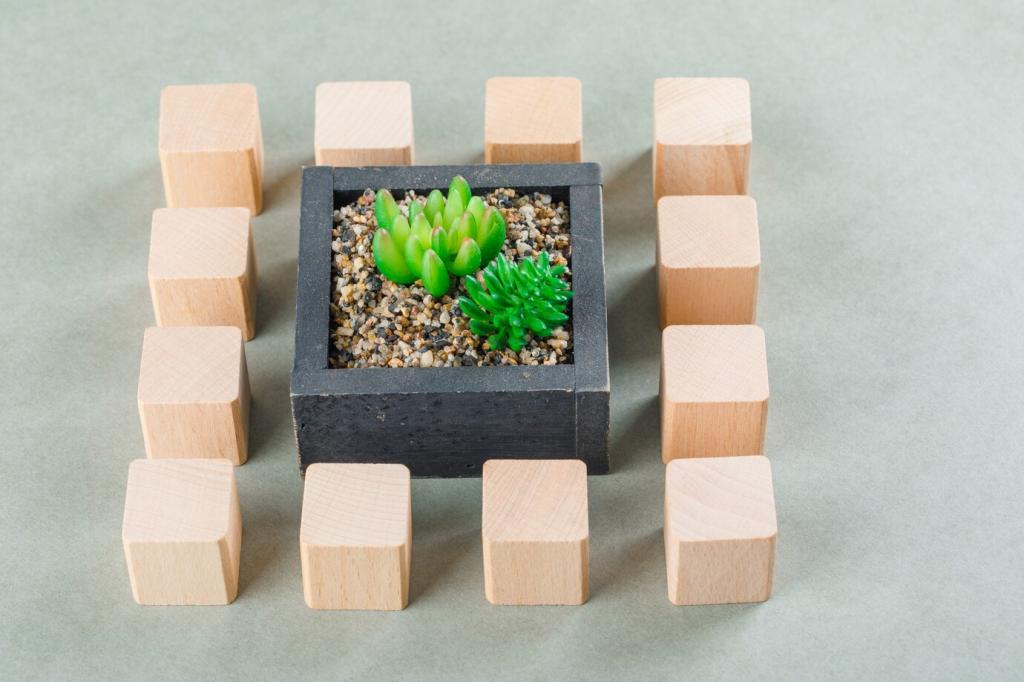Sustainable Material Choices for Home Renovations
Making smart, eco-conscious decisions in your home renovation project can positively impact both the environment and your living space. Sustainable material choices reduce waste, conserve resources, and promote healthier indoor air quality. As more homeowners prioritize green living, understanding which renovation materials support sustainability—without sacrificing style or durability—becomes essential. This comprehensive guide explores various aspects of sustainable material selection and how you can make informed choices for your next renovation.

Life Cycle Assessment of Materials
The life cycle assessment (LCA) of a material evaluates its environmental impact from extraction to disposal. In renovation, this process reveals the unseen costs behind each product—energy used in manufacturing, emissions during transportation, and waste at the end of its life. Opting for materials with favorable LCAs ensures that sustainability extends beyond just brand claims, allowing you to lower the overall carbon footprint of your project. Scrutinizing a material’s full journey guides more responsible choices and better outcomes for both home and environment.
Certifications and Eco-Labels
Recognizing third-party certifications and eco-labels helps homeowners distinguish truly sustainable options from greenwashed products. Certifications such as FSC for wood or Cradle-to-Cradle for building materials offer assurance that a product meets stringent environmental and ethical standards. By understanding these labels, you can select materials with confidence, knowing they have met benchmarks for resource management, low emissions, and responsible labor practices. This becomes a straightforward way to align your renovation with broader sustainability goals.
The Importance of Local Sourcing
Choosing locally sourced materials reduces the need for long-distance transportation, cuts emissions, and often supports regional economies. Local products are also likely better suited to the climate and building traditions of your area, potentially increasing durability. Prioritizing local sourcing encourages a closed-loop economy and cultivates partnerships with nearby suppliers who champion responsible practices. By focusing on what’s available close to home, your renovation process becomes not only greener but also more rooted in the surrounding community.
Previous slide
Next slide

Wall and Paint Solutions for a Greener Home
Low-VOC and Natural Paints
Volatile Organic Compounds (VOCs) in conventional paints contribute to indoor air pollution and can pose health risks. Low-VOC and natural paints are designed to minimize or eliminate these toxic chemicals, offering healthier air quality without compromising color choices or paint durability. Ingredients in natural paints often include plant oils, clay, and mineral pigments. Applying these alternatives throughout your renovated space fosters a safer, cleaner environment, reducing toxicity from the decorating process.
Sustainable Drywall Alternatives
Traditional drywall manufacturing is resource intensive and often includes additives that are not environmentally friendly. Sustainable alternatives, such as recycled gypsum board, hemp-based panels, or strawboard, significantly reduce environmental burden. These options frequently use agricultural waste or post-consumer materials, cutting down on landfill use. Beyond their material benefits, they can improve insulation and reduce energy bills, supporting eco-friendly living through smarter resource utilization in wall construction.
Upcycled and Recycled Wall Coverings
Incorporating wall coverings made from upcycled or recycled materials introduces creativity while keeping waste out of landfills. Products range from wallpaper created from post-consumer paper to panels made from reclaimed wood or fabric offcuts. These materials inject unique textures and stories into your home and often require fewer virgin resources in their production. Upcycled wall coverings stand as a testament to consciousness and ingenuity in sustainable renovation design, offering both style and substance.

Double- and Triple-Glazed Windows
Advanced glazing significantly improves home insulation by trapping air or inert gases between panes, reducing heat transfer between indoors and outdoors. Double- and triple-glazed windows help maintain a stable interior temperature, lessening reliance on heating and air conditioning systems. The result is decreased energy consumption and lower greenhouse gas emissions. Choosing windows with sustainably sourced frames and low-emissivity coatings further amplifies their environmental and financial benefits over time.
Insulation Made from Recycled Content
Insulation is vital for energy efficiency, and using materials with high recycled content, such as denim, cellulose, or glass wool from post-consumer bottles, supports sustainability efforts. These products provide comparable, if not superior, thermal performance compared to traditional insulation, without relying on virgin petrochemicals. Recycled-content insulation often boasts better moisture and noise management qualities. Adopting these eco-friendly insulation solutions supports closed-loop materials usage and significantly cuts your home’s resource demands.
Natural Fiber Insulation Options
Renewable natural fibers—including sheep’s wool, hemp, and cotton—have emerged as effective and sustainable insulation choices. These materials are biodegradable, non-toxic, and offer excellent thermal and sound absorption properties. Their production generally has a lower environmental footprint compared to synthetic alternatives. Natural fiber insulation can regulate indoor humidity and air quality, fostering a healthy home environment while lowering energy usage throughout the year.
Responsible Choices for Kitchens and Bathrooms
Recycled glass countertops offer a striking and durable alternative to traditional stone or synthetic surfaces. Made from post-consumer and industrial glass bound with eco-friendly resins, these countertops divert significant amounts of waste from the landfill. Their non-porous, smooth surface is easy to clean and resists stains, making them perfect for kitchens and baths. Choosing recycled glass means embracing a modern aesthetic while contributing positively to material circularity and waste reduction.
Installing water-efficient faucets, showerheads, and toilets reduces household water consumption and utility bills. Modern fixtures blend sleek design with advanced technology, often achieving robust performance using far less water than conventional options. Many carry reputable certifications, such as WaterSense, verifying their environmental claims. Thoughtful fixture selection not only conserves this precious resource but also supports broader ecosystem health by lessening the strain on municipal water supplies.
Cabinetry constructed from bamboo, reclaimed wood, or FSC-certified timber merges function with sustainability in kitchens and bathrooms. Look for products assembled with non-toxic, low-formaldehyde adhesives to improve indoor air quality. These materials embody durability and renewable sourcing, offering longevity and style while minimizing negative environmental impact. By focusing on certified or salvaged wood, you contribute to forest conservation and foster ethical supply chains in your renovation.


The Role of Salvaged and Upcycled Materials
Incorporating panels, doors, and fixtures reclaimed from deconstructed buildings offers unmatched character and authenticity. Architectural salvage helps preserve historical craftsmanship and reduces demand for new materials, directly supporting waste minimization. These one-of-a-kind elements can often be refinished or adapted to suit contemporary styles, allowing you to create spaces imbued with personal meaning and a distinct sense of history. Choosing salvage supports a cycle of reuse that benefits both design and sustainability.

